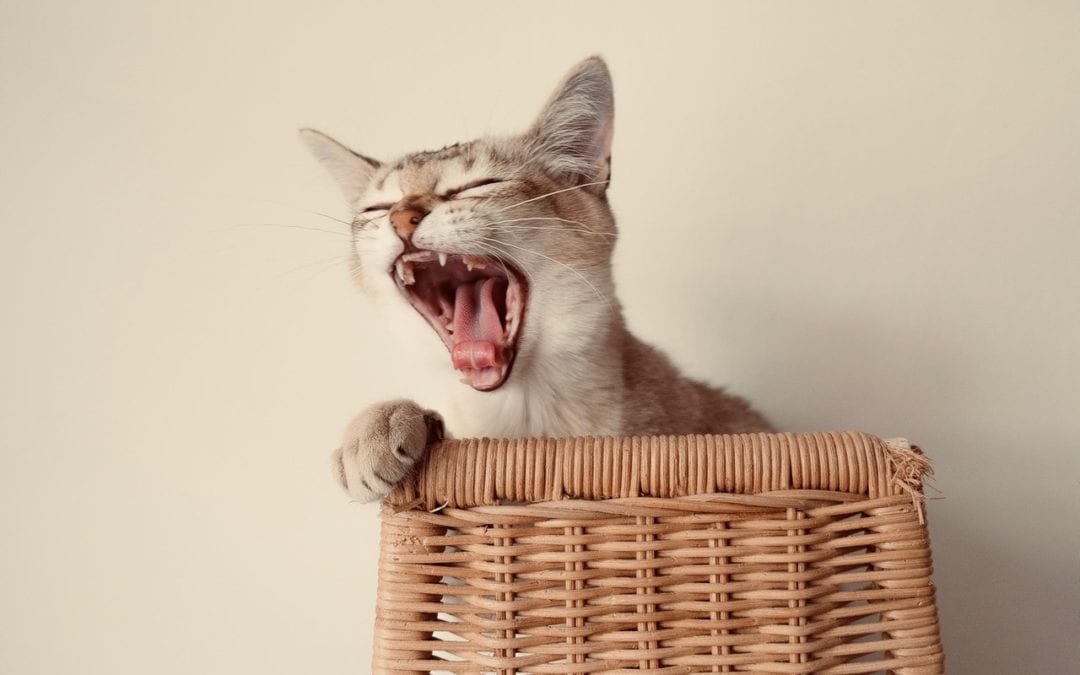Many cats suffer from a dental condition called feline odontoclastic resorptive lesions (FORLs). Read on to learn more about what they are, the signs, and the treatment.
FORLs appear at or near the tooth base. Although the exact cause is unknown, research has shown that these tooth erosions are not cavities, which are rare in cats. Cells called odontoclasts, which break down the tooth’s substance, are found in these erosions.
More than 70% of cats over age five are estimated to have suffered from at least one FORL. These lesions are more likely to occur with age, but young and senior cats can develop tooth erosions. In mild cases, cats may not display any illness signs until the disease progresses.
Signs of feline odontoclastic resorptive lesions
Cats are excellent at hiding pain, but FORLs can be agony for your pet. Depending on disease severity, you may notice the following signs in your cat:
- Acting hungry, but unable to eat
- Meowing in pain
- Excessive drooling
- Pawing at the mouth
- Preferring soft food over hard
At the first sign of oral pain, call us so we can find the source of your cat’s discomfort.
Diagnosis and treatment of FORLs
Examining a cat’s painful mouth when they are not sedated is challenging, but we can occasionally detect small erosions near the base of affected teeth. A FORL will appear as a small amount of gum tissue that has grown out from the tooth as it became inflamed and attempted to fill in the hole.
FORLs can be accurately diagnosed with dental X-rays, and by probing each tooth while your cat is anesthetized. FORLs create a great deal of pain, and many cats under anesthesia will exhibit a chatter response—a common pain response—when a FORL is probed.
For teeth affected with FORLs, the best treatment is extraction. Resorptive disease erodes the tooth crown, and over time can lead to fracture, leaving the roots behind.
Preventing FORLs in your cat
Since the cause of FORLs is unknown, there are no true preventive measures. Therefore, catching resorptive lesions early by scheduling routine dental-wellness exams, and avoiding the build-up of bacteria-laden plaque with daily toothbrushing, are vital.
If your cat is displaying signs of dental discomfort, contact us.


